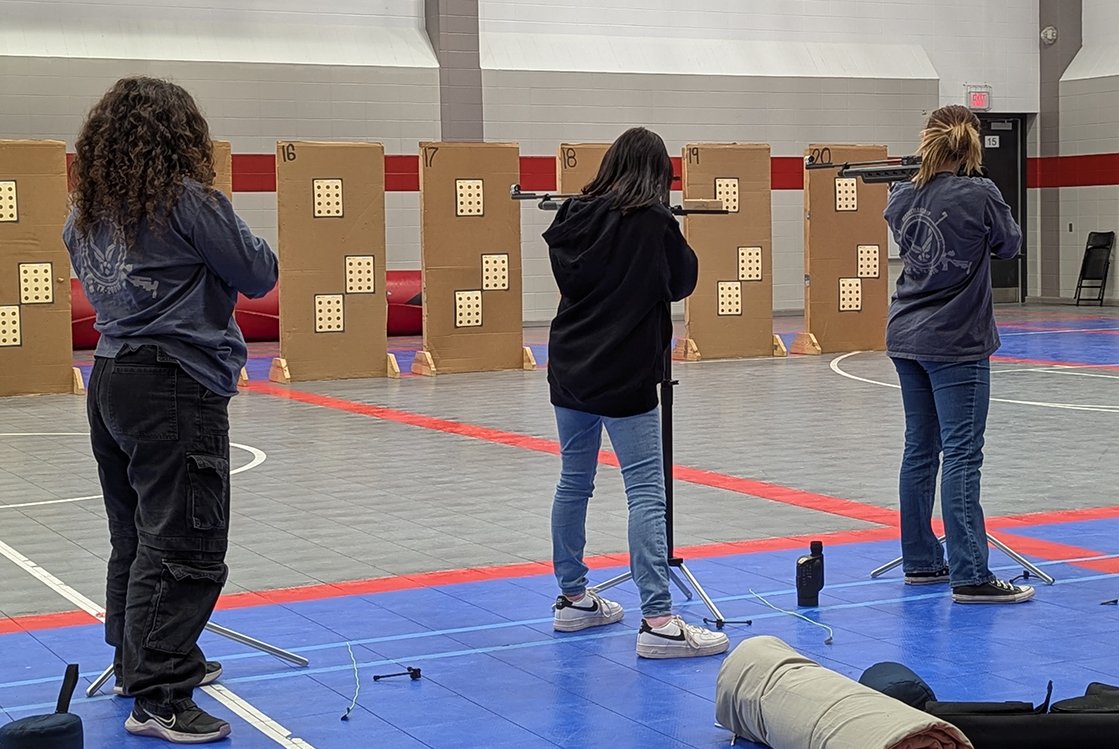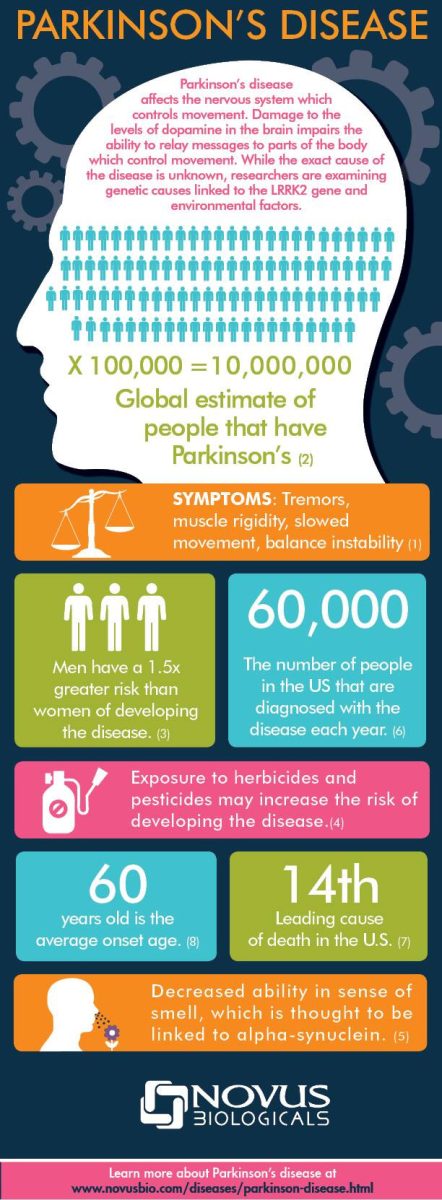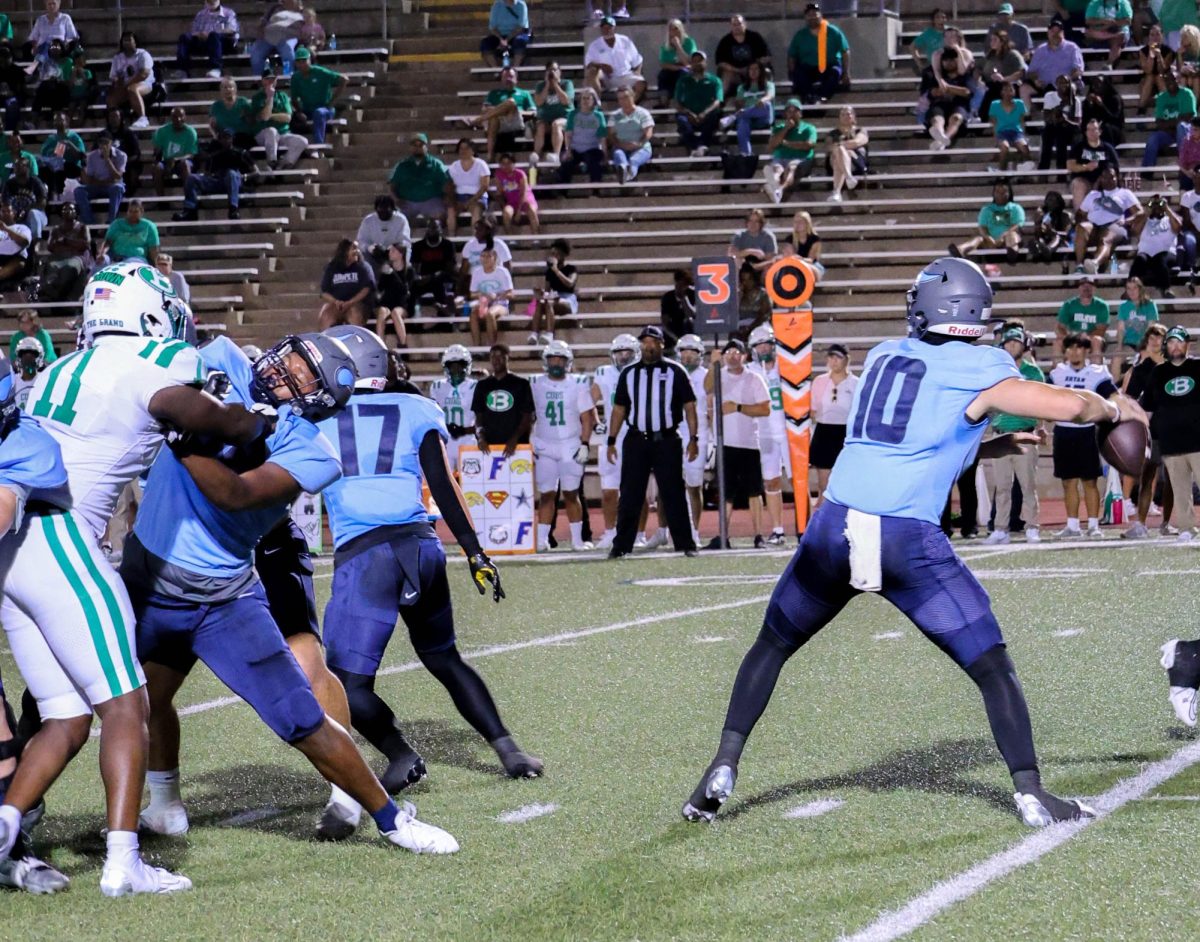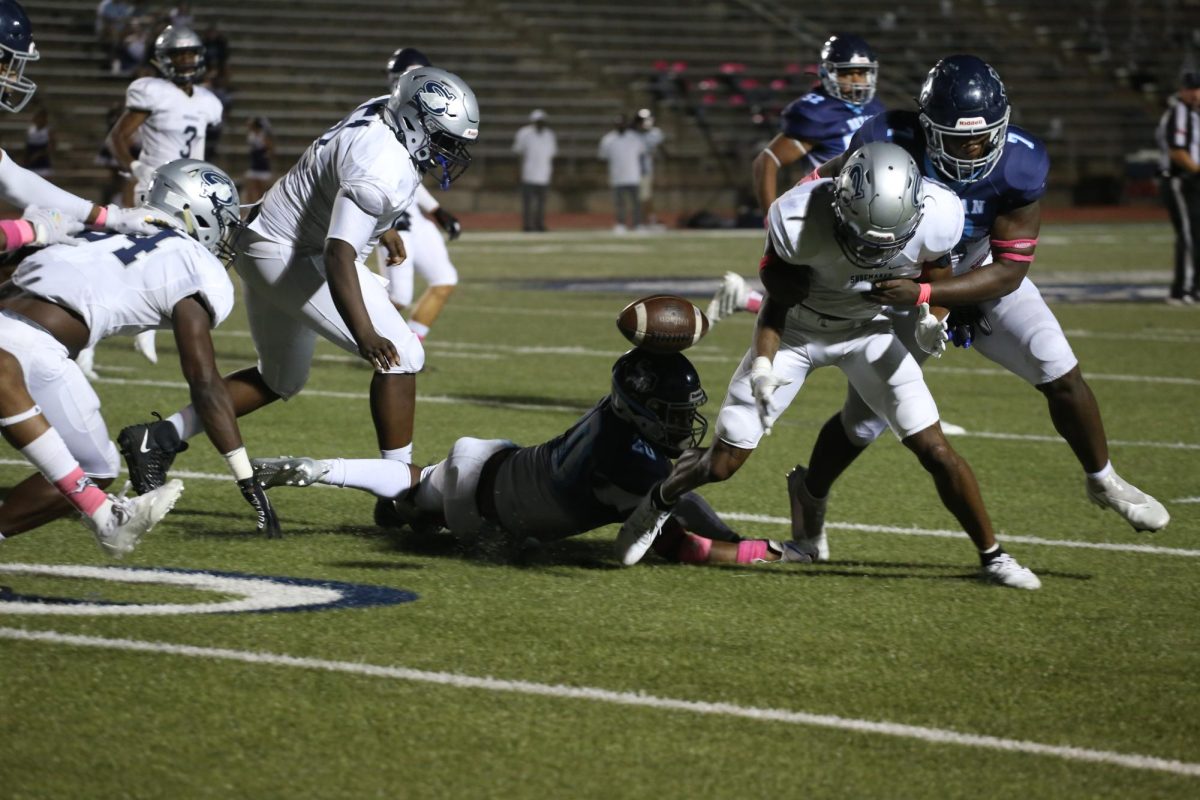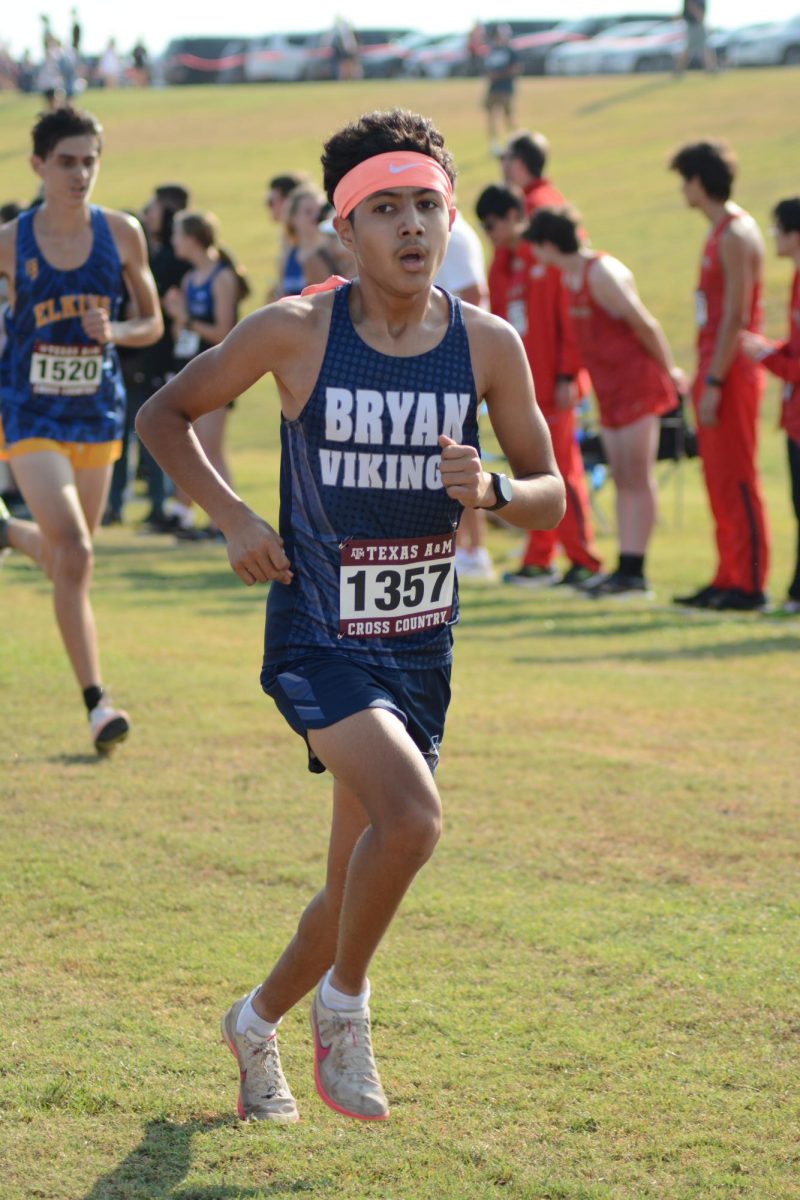Safety is essential when it comes to sports whether it be the Super Bowl or a couple of friends tossing a ball around in the backyard. This year, Bryan ISD exemplified that notion by receiving the Safe School Award from the National Athletic Trainers Association.
“This award is something that is given to recognize schools that exceed the expectations of athlete safety and are really top tier in protecting the health and safety of their athletes and the school,” trainer Doc Woodall said.
This is only the second year the award has existed with last year’s award going to Bryan’s Rudder High School.
“Bryan ISD had the first two schools in the nation to ever receive the Safe Sports School Award,” Woodall said. “It was really quite an honor to be one of the first schools to receive the award.”
Student trainers are proud that Bryan High has been honored with this award, especially considering this is only the second year it has existed.
“I think [the award] pays off all the hard work and examinations [done by the athletic department],” senior Ashley Hataway said.
Communication is key in keeping safety a priority for athletic programs, with many groups such as the fire department and EMS working together.
“The health care team is comprised of many different individuals, all of whom play a part in the health and safety of the student athletes,” Woodall said. “I think that is probably the foundation of what sets us apart from other schools.”
Along with coordination between departments, annual drills keep the team on their toes and ready for an emergency.
“This past year we did a cardiac arrest drill where we actually simulated a cardiac arrest on the football field, initiated our emergency protocols and, called the fire department,” Woodall said. “They sent an ambulance out, and we had a mock transfer of care and on to the emergency room.”
Safety is constantly improving with new measures being added to ensure the best protection for students and athletes.
“One thing that we have just recently started is offering ECGs (electrocardiogram screenings) during our athletic physicals,” Woodall said. “It’s a very simple and short screening of the heart, and a cardiologist is able to look at the electrical function of the heart and determine if there are any abnormalities that may lead to a catastrophic injury.”
Another step the district has recently taken was to add more automatic external defibrillators (AEDs) to middle schools.
“Whenever a team or a P.E. class goes outside, they can take an AED with them out to that facility,” Woodall said. “If they were to have a catastrophic cardiac event, that AED would be much closer and more accessible because early defibrillation in a cardiac emergency is the key to survival.”
The trainer program teaches student trainers about safety and how to handle emergency situations.
“I think it is a really good program,” Hataway said. “We do a lot of helping around with stuff and it is good for future references and what you want to do for a career.”
Overall, the safety in BISD athletics is recognized as one of the best in the nation, and rightfully so.
“We always want to look steps ahead and determine what we can do better to better protect our students and our student athletes,” Woodall said.

